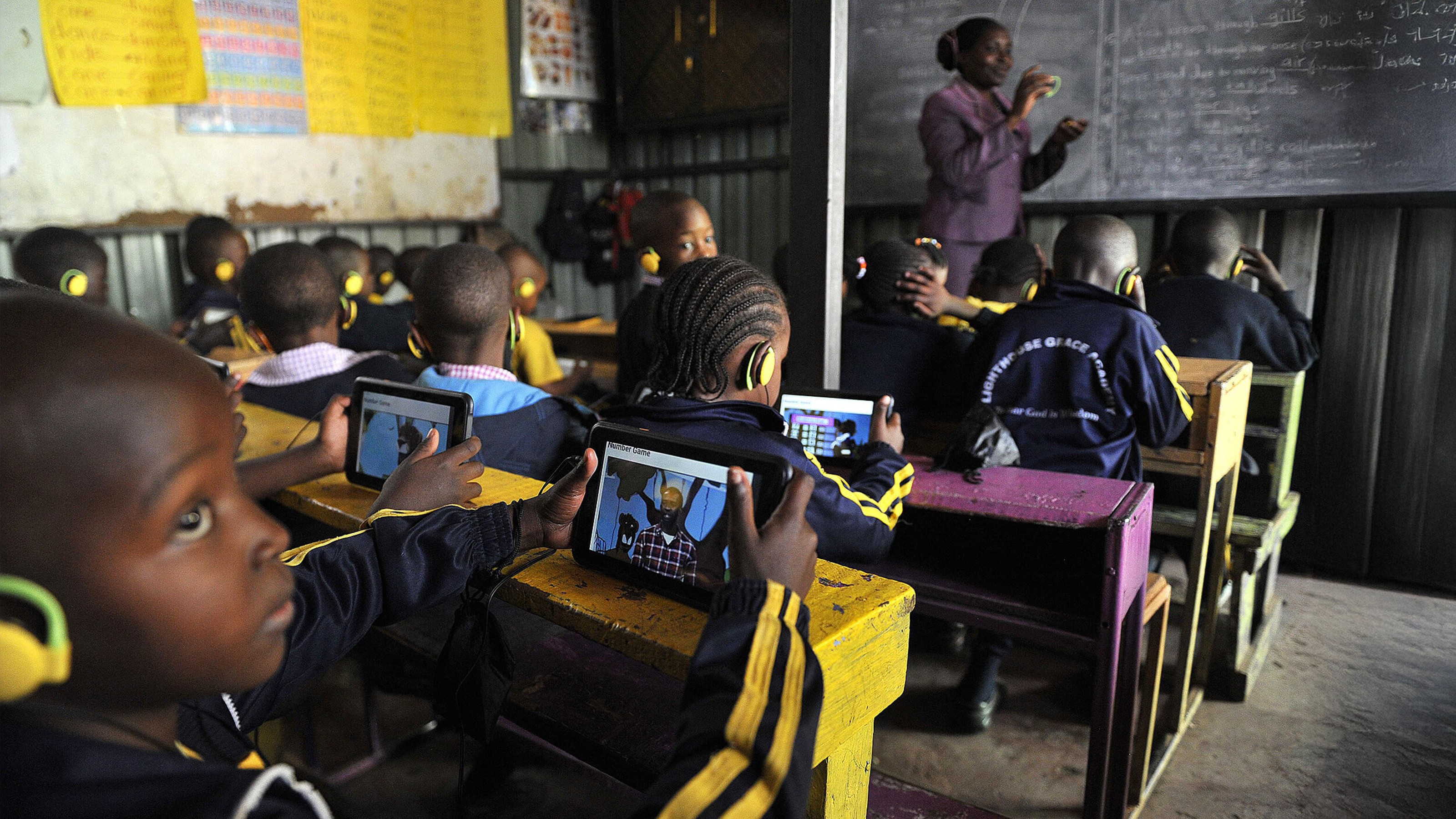Bolman & Deal frameworks
Most educational administration graduate students can tell you about Bolman
& Deal’s leadership frameworks
. The frames help change agents
conceptualize different approaches to an issue. Depending on the circumstances,
one approach may be more appropriate than another. Or, most likely, several
approaches in combination will be most successful. Bolman & Deal’s four
frames are as follows:
- Structural. Leaders who make change using this
approach focus on structural elements within the organization as well as
strategy, implementation, and adaptation. Changing institutional structures
works well when goals are clear, when cause-and-effect relationships are well
understood, and when there is little conflict, uncertainty, or ambiguity.
human resource frame focus on people. This approach emphasizes support,
empowerment (perhaps through distributed leadership mechanisms), staff
development, and responsiveness to employee needs. A focus on people works well
when employee morale is a consideration and when there is relatively little
conflict.
facilitate change focus on the political realities that exist within and outside
organizations. This approach emphasizes dealing with interest groups (and their
varying agendas), building power bases, coalition-building, negotiating
conflicts over limited resources, and creating compromises. The political
approach is appropriate when resources are scarce or diminishing as well as when
goals or values are in conflict.
approach focus on vision and inspiration. Symbolic leaders feel that people
need to believe that their personal work, and the work of the organization, is important and
meaningful. Traditions, ceremonies, and rituals are very important to the
symbolic approach, which is most appropriate when goals and/or cause-and-effect
relationships are unclear.
[see more
on Bolman & Deal’s four frames
]
Bolman & Deal’s frames can be used at the planning stage of a change
initiative to help diagnose organizational needs, to identify institutional
challenges and contexts, and to devise appopriate actions (e.g., ‘For this initiative, we need to be sure to address the political aspects because…‘).
The frames also can be used to rethink and reframe unsuccessful change
initiatives (e.g., ‘This initiative failed because we didn’t appropriately
address the human resource frame.
‘).
A combination of the four perspectives is nearly always warranted when
implementing a change initiative. Unfortunately, I think most educators would
agree that the structural aspects of change initiatives tend to be emphasized quite
strongly (e.g., ‘We’ll create a new program’ or ‘we’ll reorganize ourselves’ or
‘we’ll buy some technology to help’) with a concurrent neglect of the other
three frames. Because school leaders often may be strong in one or two of
these frames but not all four, it is important to get others on board to
adequately conceptualize and address all needed aspects of the change initiative.
I’m sure most of you can identify a situation where an emphasis, or lack of emphasis, on one of these frames led to a change initiative’s success or failure.




